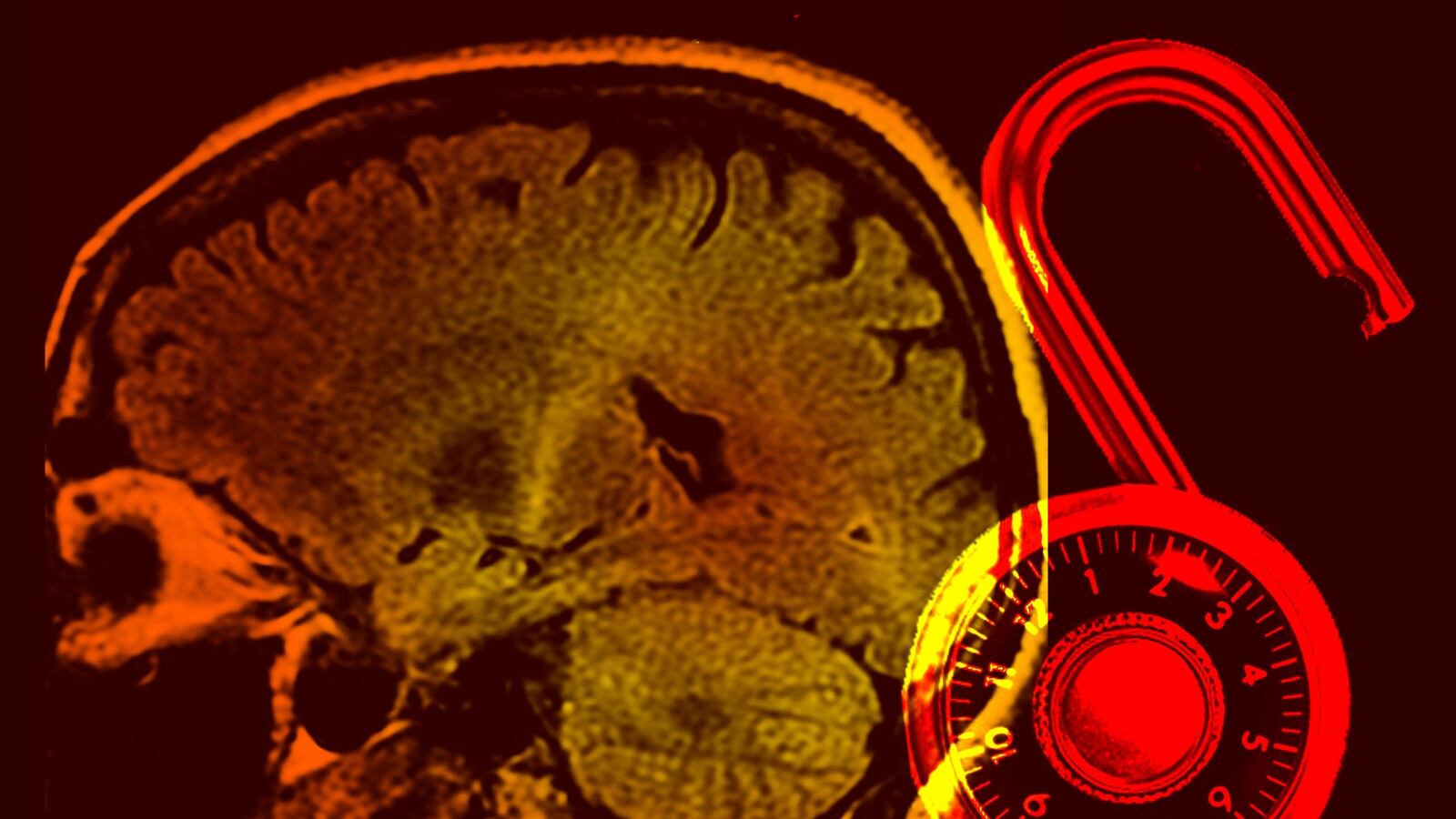Imagine what it would be like to be fully conscious and aware of your surroundings, but trapped inside a paralyzed body, not only unable to move, but unable to communicate in any way, for the rest of your life. Unable to express feelings, thoughts, intentions. Unable to express love or show appreciation for it.
In addition to the frustration and feelings of hopelessness this would create, you could also be faced with people assuming that you’re in a vegetative state, essentially already gone and not worth maintaining with sustenance and care. Even if they don’t make that assumption, it is likely that social interaction would dramatically slow down or stop completely if communicating is purely a one-way road.
This is not a hypothetical scenario. This is what life is like for those who suffer from what doctors and scientists call a “completely locked-in state.” These people, unlike those who are simply “locked-in,” are unable to make even small eye movements or subtle blinks. While the situation would seem utterly hopeless, using something called a brain-computer interface (BCI), scientists have—for the first time—enabled completely locked-in people to take part in two-way communication. The study that achieved this breakthrough was published today in the journal PLOS Biology.
In the study, scientists at the Wyss Center for Bio and Neuroengineering in Geneva, Switzerland, assessed four people with ALS (amyotrophic lateral sclerosis), also known as Lou Gehrig’s disease, a progressive motor neuron disease that attacks the part of the brain responsible for voluntary movement. These patients completed from 20 to 46 sessions over the course of several weeks, where they were asked both closed and open questions that required a “yes” or “no” nonverbal response, which was made possible by their noninvasive BCI.
A BCI is a direct communication pathway between a brain and a computer. Essentially, it is a device that is used to detect activity in the brain, and to translate that activity into a message. Since BCIs do not require any muscle control to function, they provide a potential path for restoring communication in those with total paralysis.
The first BCIs used invasive methods, whereby electrodes were implanted directly into brain tissue, which required surgery. With the development of non-invasive BCIs, they’ve become more practical and comfortable. Many non-invasive BCIs work by detecting changes in electrical activity in the brain through EEG (electroencephalography) recordings that use electrodes placed over the scalp, but unfortunately this method failed to work for completely locked-in people. For this reason, the researchers utilized a different type of BCI that detects blood flow changes in the brain—much like an fMRI machine—using a technology called functional near-infrared spectroscopy (fNIRS).
With this setup, locked-in patients were able to respond to questions with a “yes” or “no” by focusing their attention in a specific way, which caused two distinct patterns of blood oxygen level changes that could be detected and classified by the BCI.
The success of this communication method surprised even the authors of the paper, as it was thought that completely locked-in people lacked the sort of goal-directed thinking required to use any BCI.
What may seem more astonishing to people unfamiliar with research on locked-in states is that the study found that all four patients reported being generally content with life, despite their physical affliction. This conclusion is unmistakable, as the patients were routinely asked if they were happy over the course of many weeks. Although it is not perfect, researchers found that the method provided right answers to closed questions, such as “Is your husband’s name Joachim?” approximately 70 percent of the time.
Niels Birbaumer, the lead author of the paper, thinks that this development can be used to immediately and drastically improve the quality of life in completely locked-in people, who already have a strong will to live. “We were initially surprised at the positive responses when we questioned the four completely locked-in participants about their quality of life. All four had accepted artificial ventilation in order to sustain their life when breathing became impossible so, in a sense, they had already chosen to live. What we observed was, as long as they received satisfactory care at home, they found their quality of life acceptable. It is for this reason, if we could make this technique widely clinically available, it would have a huge impact on the day-to-day life of people with complete locked-in syndrome.”
This finding raises questions about how it is possible that someone who is permanently in a physical state that would feel torturous for any normal person could genuinely feel “happy.” Although it is speculation, perhaps over time total paralysis creates a state of relaxation similar to that experienced during meditation, a practice that requires complete stillness over prolonged periods. Indeed, the brain activity data gathered by the researchers, who also recorded electrical activity using EEG in addition to fNIRS, showed similarities to meditative states.
This new type of BCI has the potential to help not only those with ALS, but others in locked-in states as a result of stroke, spinal cord injury, or other neurodegenerative diseases. Additionally, it can be used to determine whether those who are thought to be in a vegetative state are actually cognitively and emotionally normal, and self-aware as the rest of us. In such cases, not only does opening a line of communication increase the quality of life for the locked-in sufferer, it can do the same for all their loved ones who have also been suffering due to their inability to interact with them.






